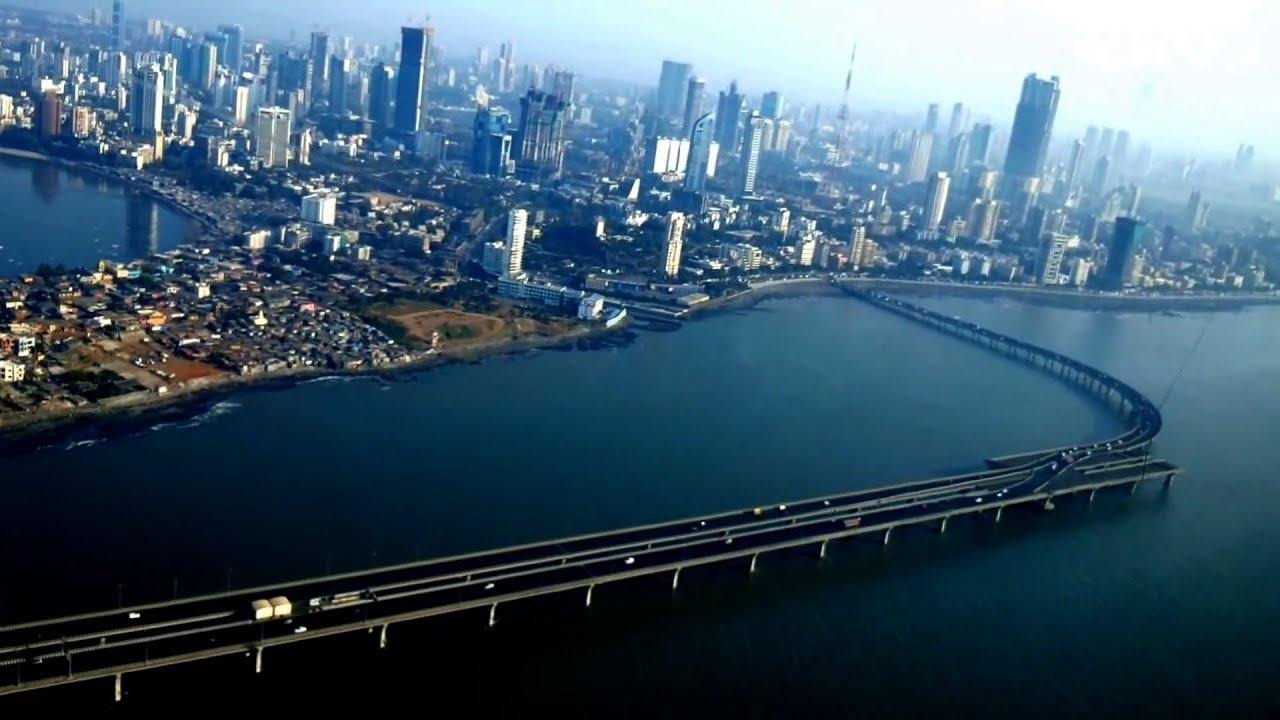
Bombay, now known as Mumbai, the city of dreams and the city that never sleeps has a vast history that is turning to obscurity. Even though many of you don’t know the history of Mumbai, but the history of this dreamy city is something that the Mumbaikars are passionate about.
Origin
The name “Mumbai” is a nickname for “Mumbadevi”, a local Goddess. This city with a beautiful and rich heritage is originally built on a group of seven islands- Colaba, Worli, Mazagaon, Parel, Mahim, Old Woman’ Island, and Bombay Island. These islands were embodied in the Maurya Empire which was under the Buddhist Emperor Ashoka of Magadha.
Rulers of the 7 Isles
But soon after the death of the king Ashoka, these islands came under Satavahanas who are knowns as Andhras in Puranas i.e., an ancient Indian dynasty. And then the islands were ruled by different rulers after the end of another. This city has seen a lot of ruling and indulge a great and rich history.
It was 1543 AD when the islands were seized by the Portuguese from Bahadur Shah of Gujarat. The islands were ruled by the Portuguese till 1661. On May 8, 1661, the islands were yielded as a dowry to Charles II of England who married to Catherine of Portugal. So it was then when Bombay became a British possession due to a part of the dowry.
East India Company and the Industrial Revolution
In 1668, King Charles II gave up the isles to the East India Company with annual rent and soon the city was named as “Bombay”. Slowly and steadily within 7-8 years, the city grew and the population increased from 10,000 to 60,000. After seeing this rapid growth, the East India Company decided to move its headquarters from Surat to Bombay.
The period of Industrialization started when the then-governor William Hornby incorporated a project despite opposition from the East India Company. Soon after the city saw a lot of changes and an indefinite number of civil engineering projects on the way. And this was the start of the Industrial Revolution where the seven isles were finally turned into one city during 1845. Followed, in 1853, the first railway connection between Bombay and Thane was achieved. After the revolt in 1857, the East India Company lost its control over Bombay.
In 1869, Bombay became one of the major ports in India after the Suez Canal was accommodated which created a connection between the Bombay and the rest of the world.
Soon the Hindu-Muslim riots broke out again which resulted in massacres and turmoil all over the city. And followed by the Indian freedom movement started from the 1890s and lasted till 1940s till India got independence from the British rule.
Post Independence
But the struggle wasn’t over. It was posted independence when the actual problems raised. But after the partition of India, and formation of the constitution of India, Bombay went under drastic change. The city expanded rapidly and the Greater Bombay District came into existence by merging Bombay Suburbs and Bombay City.
Post-independence, during the 1960s especially, Bombay became the capital of the state Maharashtra of India. And followed, the city saw its struggle turning into achievements. There was a drastic change in the city and soon Mumbai became the commercial capital of India and the population had taken a turnover.
Shiv Sena Party- A historic event
One of the historic moments of Mumbai is the emergence of Shiv Sena party in 1966 by Bal Thackeray. A Bombay cartoonist, Bal Thackery was disturbed by the clan marginalization of the native Marathi people due to which, out of a feeling of condemnation, he established this party to fight for the rights of native Marathis.
Then, the Shiv Sena led the government with highest votes from the citizens and changed the name to “Mumbai”, a Koli native Marathi’s Goddess “Mumbadevi”.
Sufferings of Mumbai
But the city also has seen many sufferings, many losses of lives and many terrorist attacks. There was one bombing in 2002, where 2 people lost their life. While in 2003, Mumbai went under 4 bomb attacks and around 59 people were killed. Though no one was found to be responsible for the attacks it’s guessed that it was the doing of a Pakistani based group called as “Lashkar-e-Taiba”. But the most heart wrenching terrorist attack in Mumbai was in the year 2008 where this particular group has incorporated bombs at four places. Due to which around 174 innocents were killed and more than 300 were injured.
Despite every struggle and every suffering, Mumbai is considered to be the safest place in India where people across the country comes with a lot of dreams. This glorious city which is the business capital of India today doesn’t let you down. Like it’s rich heritage and past, the people inhabiting here also has a rich heart and their kind behavior makes you feel at home.
